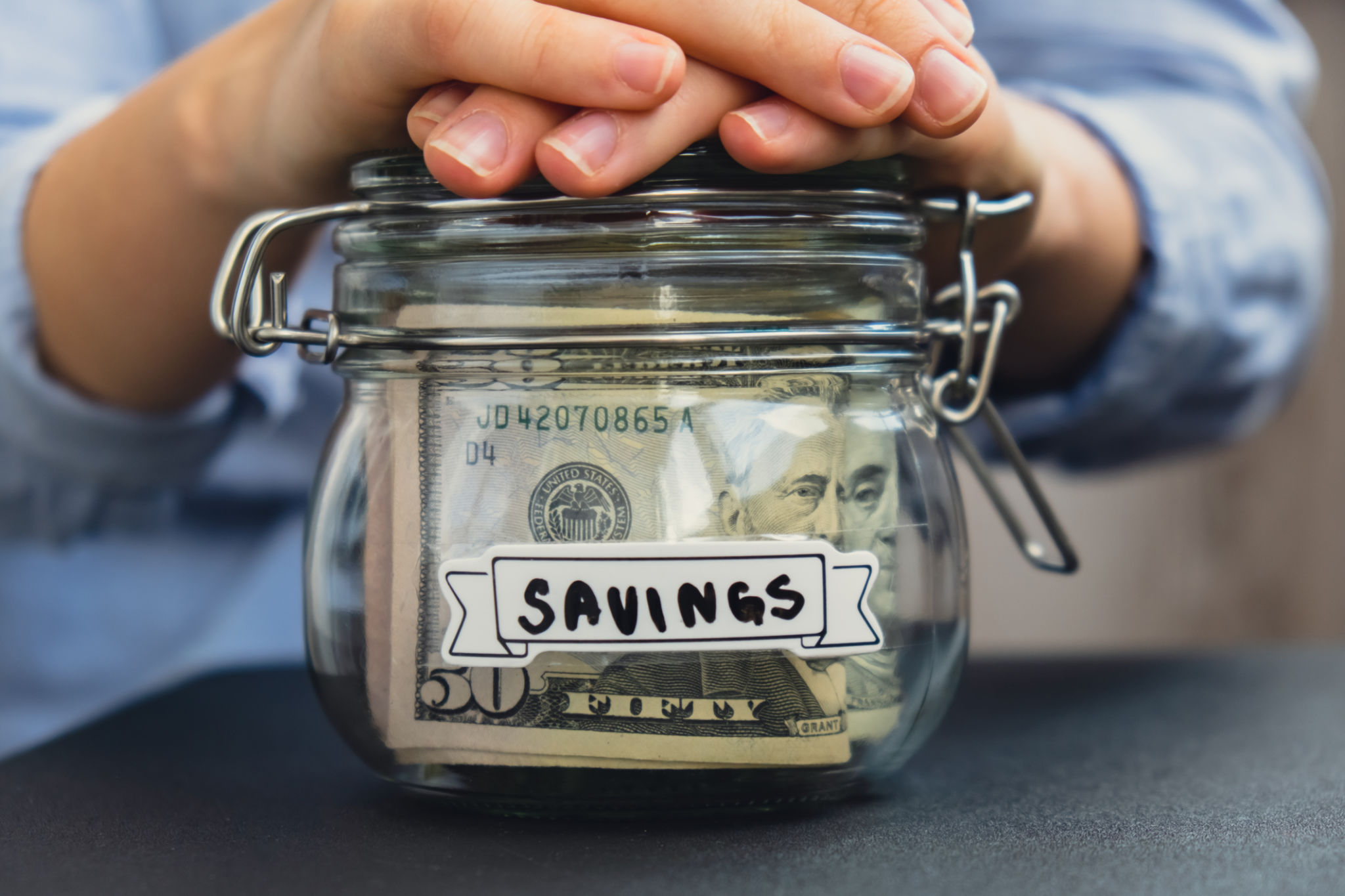DIY Debt Reduction: Step-by-Step Guide to Managing Your Finances
Vi
Understanding Your Financial Situation
Managing your finances and reducing debt begins with a clear understanding of your current financial situation. Start by gathering all financial documents, including bank statements, credit card bills, and loan information. Create a comprehensive list of all your debts, noting the interest rates and minimum payments.

Once you have a clear picture of your debt, calculate your total monthly income. Subtract your monthly expenses from this figure to understand how much you can realistically allocate towards debt repayment each month. This process will enable you to identify any potential gaps in your budget and highlight areas where you can cut back on spending.
Setting Realistic Financial Goals
Setting achievable financial goals is crucial for effective debt reduction. Start by prioritizing your debts. Focus on paying off high-interest debts first, as they accumulate the fastest. Consider using either the debt avalanche method, where you tackle the highest interest rate debt first, or the debt snowball method, where you pay off the smallest debts first to build momentum.
Once you've selected a method, set specific short-term and long-term goals. For example, aim to pay off a particular credit card within six months or reduce your overall debt by 20% within a year. These goals will serve as motivation and help you measure your progress over time.

Creating a Budget
A well-structured budget is the foundation of any successful debt reduction plan. Start by listing all your monthly income sources and expenses. Categorize expenses into fixed (like rent or mortgage) and variable (such as dining out or entertainment) to identify areas where you can make cuts.
- Track your daily spending to avoid unnecessary expenses.
- Set limits for each category to ensure you stay within your means.
- Review and adjust your budget regularly to accommodate changes in income or expenses.

Increasing Your Income
If cutting expenses alone isn't enough to meet your debt reduction goals, consider finding ways to increase your income. This might include taking on a part-time job, freelancing, or selling unused items online. Every extra dollar earned can be directed toward paying down your debt, accelerating the process significantly.
Additionally, explore opportunities for growth within your current job. Asking for a raise or seeking promotions can provide a substantial boost to your income, making it easier to manage and reduce debt effectively.
Building an Emergency Fund
While focusing on debt reduction, don't overlook the importance of having an emergency fund. An emergency fund acts as a financial safety net, preventing you from falling back into debt when unexpected expenses arise. Aim to save at least three to six months' worth of living expenses in an easily accessible account.

Start small if necessary, but make consistent contributions to your emergency fund. Even a modest amount saved each month can add up over time and provide significant peace of mind as you work toward financial freedom.
Monitoring Your Progress
Regularly monitoring your progress is vital for staying on track with your debt reduction plan. Set aside time each month to review your budget, assess your spending habits, and measure how much debt you've paid off. This practice will help you stay motivated and allow you to make adjustments as needed to achieve your goals.
Celebrate milestones along the way, such as paying off a particular debt or reaching a savings target. These celebrations can boost morale and reinforce positive financial habits, keeping you motivated on your journey to financial independence.